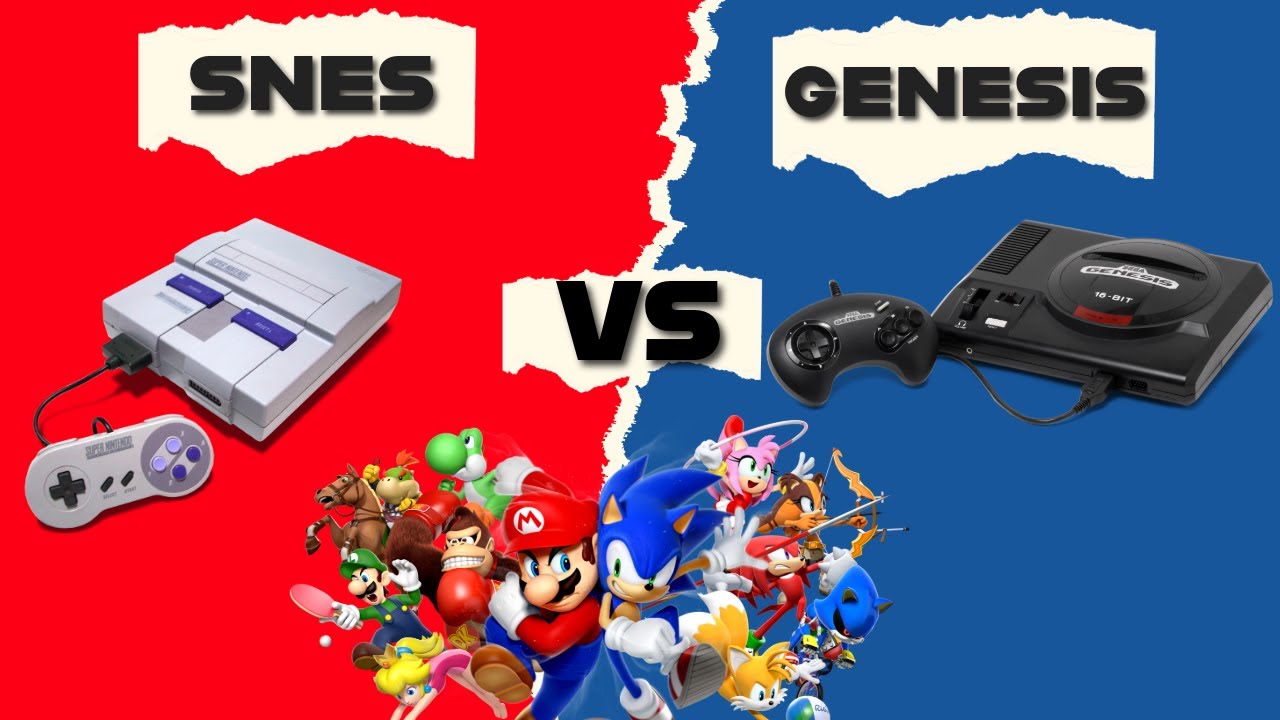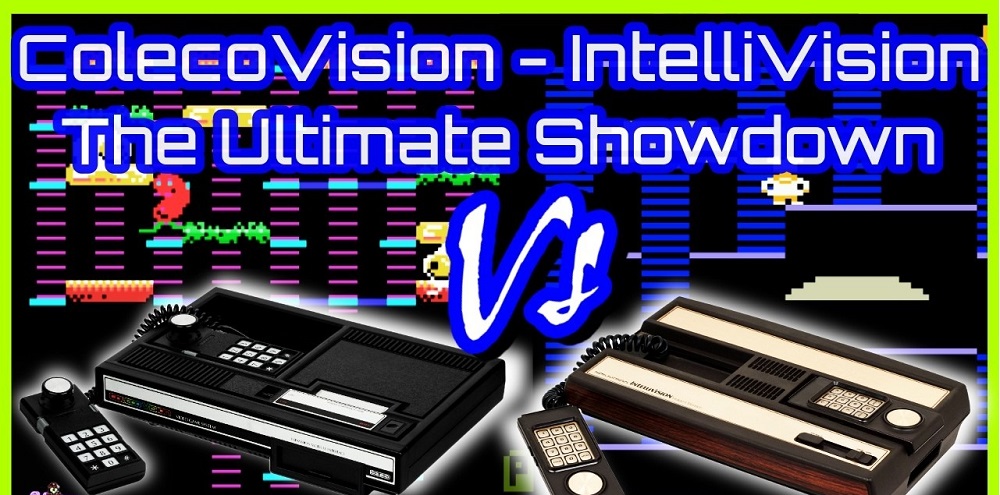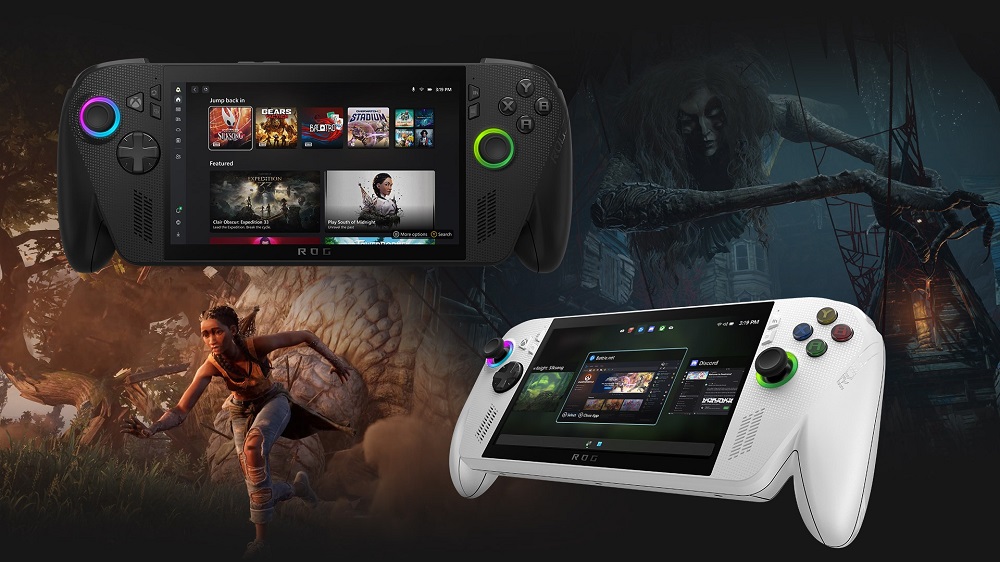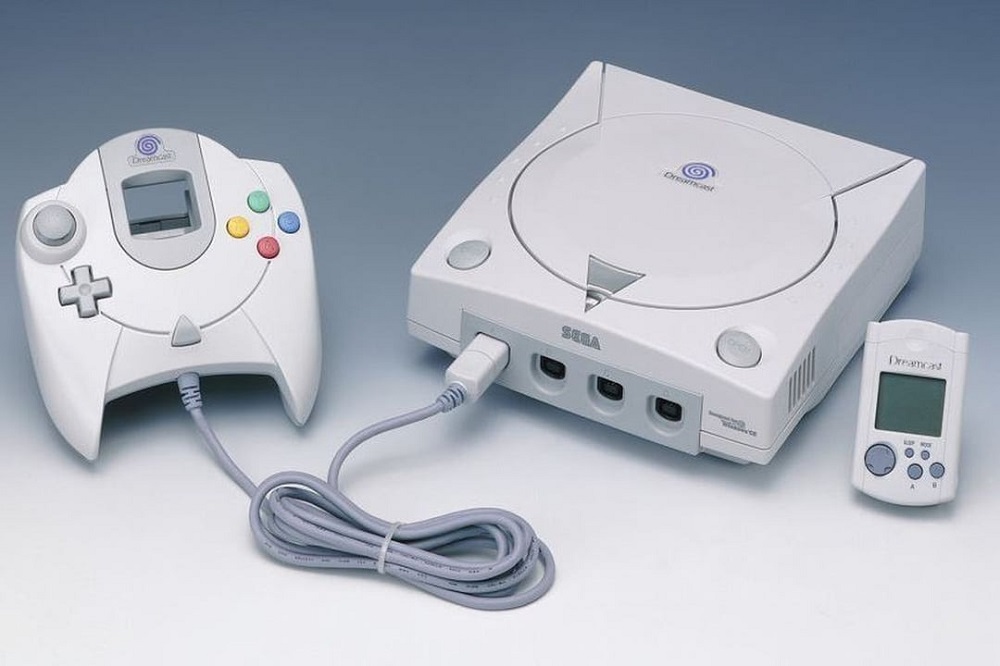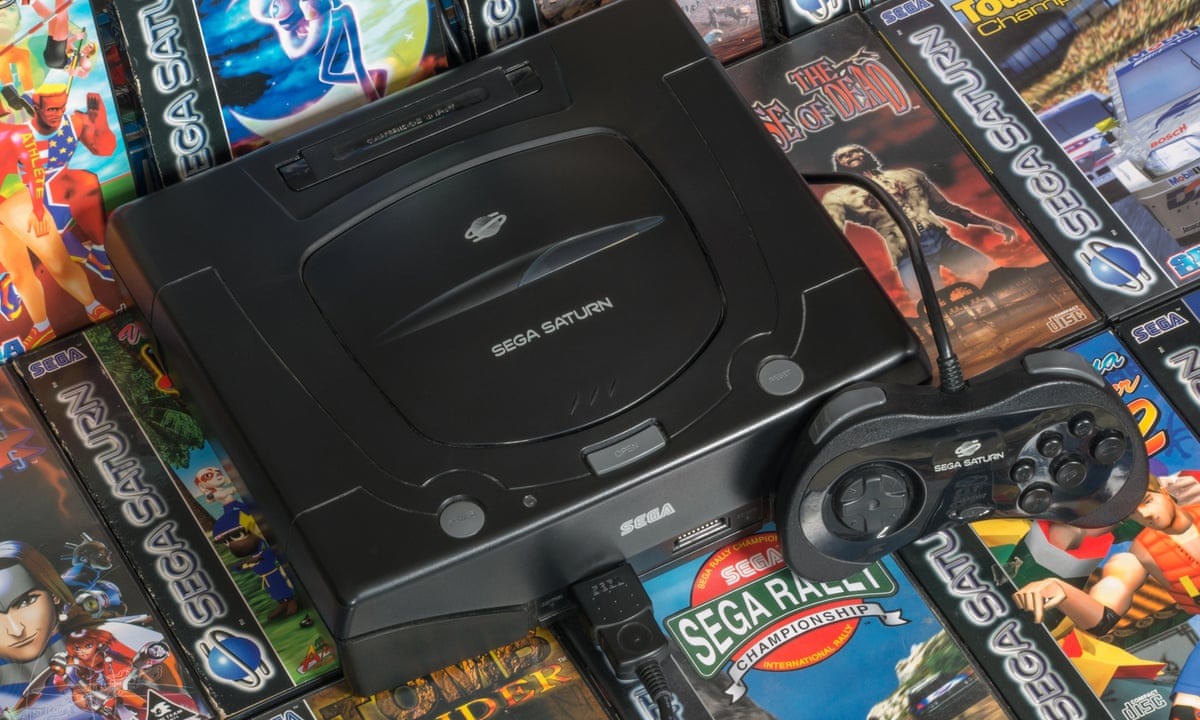In the early 1990s, the video game world wasn’t just evolving—it was at war. This wasn’t a battle fought with weapons, but with pixels, sound chips, and blistering-fast cartridges. On one side stood the Sega Genesis, sleek and rebellious. On the other, the Super Nintendo Entertainment System (SNES), polished and precise. Together, they sparked what fans still call the 16-bit console war—a rivalry that not only divided playgrounds but shaped the entire future of gaming.
From 8-Bit Roots to 16-Bit Ambitions
The 8-bit generation, dominated by the NES, laid the groundwork for gaming’s mass-market success in the U.S. But by the late ’80s, gamers were craving more—better graphics, richer sound, and deeper gameplay.
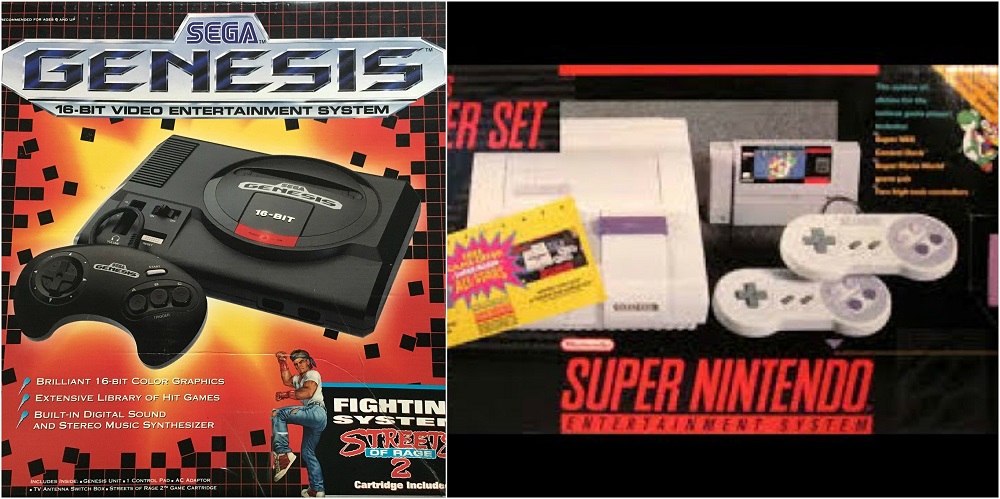
Building on the foundation laid by its earlier 8-bit console, the Sega Master System, Sega made the first major leap with the Genesis (launched as Mega Drive in Japan, 1988; U.S. release in 1989). It offered:
- 16-bit processing power
- Smoother scrolling graphics
- Arcade-style gameplay at home
- Blast Processing™ (a marketing term, but catchy!)
Nintendo responded in 1990 (JP) and 1991 (US) with the Super Nintendo, bringing:
- Advanced Mode 7 graphics (used for pseudo-3D effects)
- Superior sound chip by Sony
- Backward brand loyalty from NES fans
A Clash of Cultures: Marketing and Identity
The Genesis wasn’t just a console—it was an attitude. Sega’s U.S. marketing campaign portrayed the Genesis as the cooler, faster, more mature choice:
“Genesis does what Nintendon’t.”
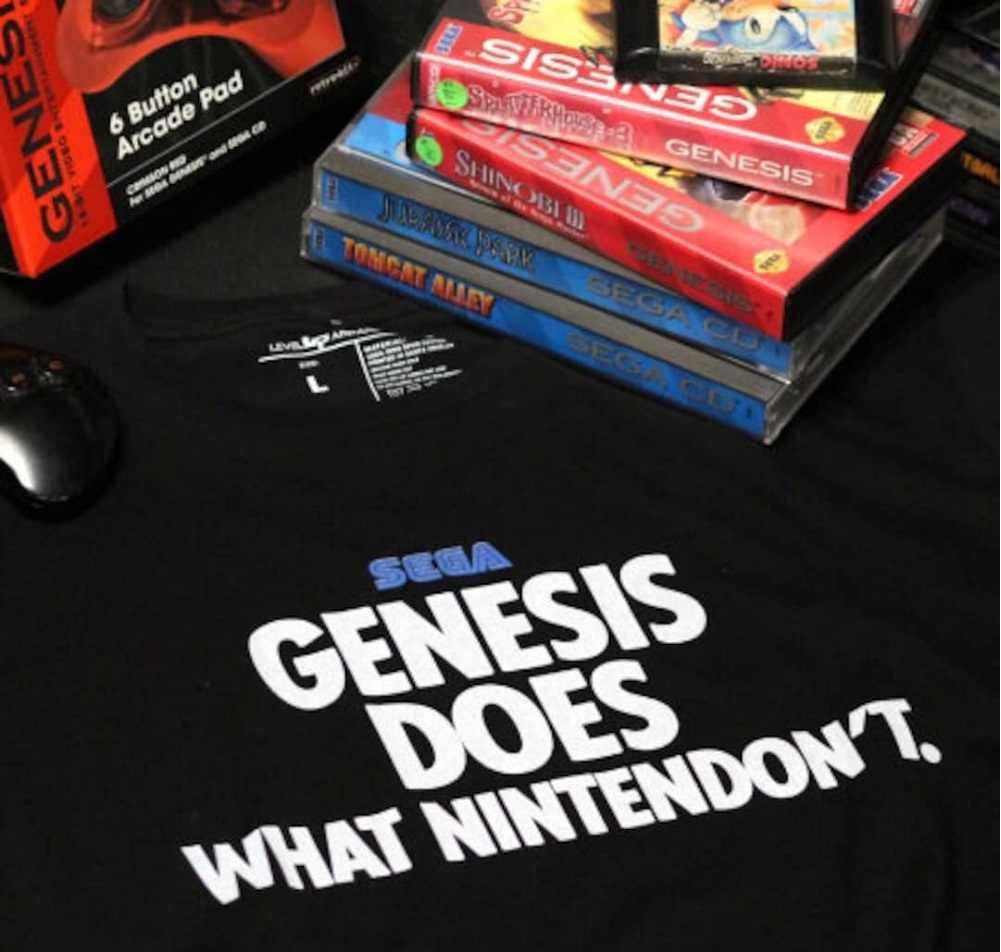
Sega targeted teenagers with edgier content and bolder messaging. Games like Mortal Kombat, Road Rash, and Sonic the Hedgehog reflected this tone.
Nintendo, by contrast, doubled down on polish, trust, and family-friendly appeal. Its library was clean, its censorship policies strict, and its branding consistent. But it also carried the weight of iconic franchises—Mario, Zelda, Metroid, and more.
This cultural clash turned a technical competition into a full-blown identity war among gamers.
Key Hardware Differences
| Feature | Sega Genesis | Super Nintendo (SNES) |
|---|---|---|
| CPU | Motorola 68000 @ 7.6 MHz | Ricoh 5A22 @ ~3.6 MHz |
| Colors | 512 total (61 on screen) | 32,768 total (256 on screen) |
| Sound | Yamaha YM2612 (FM synthesis) | SPC700 + DSP (Sample-based audio) |
| Controller Ports | 2 | 2 |
| Notable Feature | Blast Processing, Arcade Ports | Mode 7 Graphics, Layered Backgrounds |
Though technically the SNES had stronger sound and color capabilities, many arcade ports felt snappier on the Genesis due to its faster CPU.
Iconic Game Showdowns
Many fans define this console war by the legendary games that graced each system:
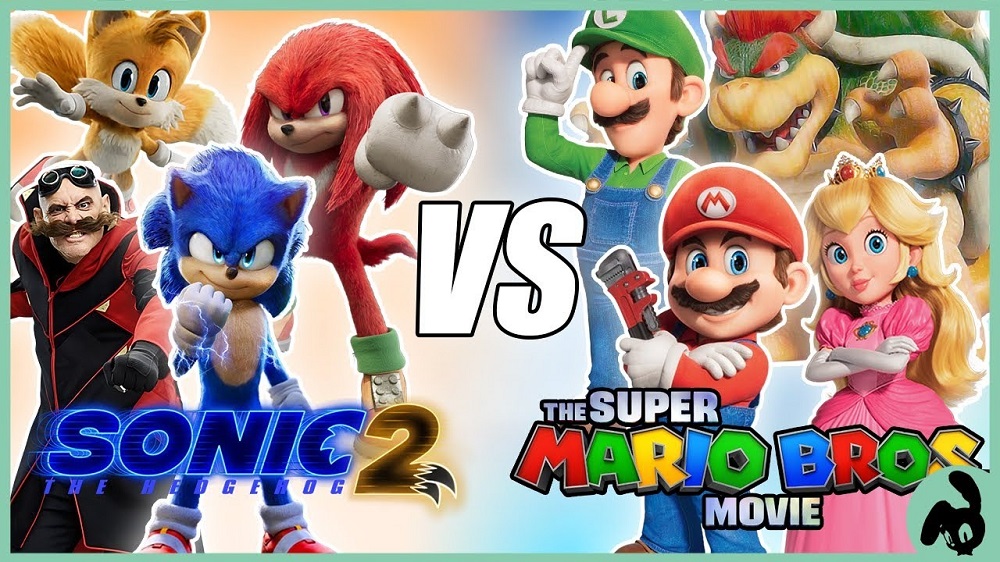
Sega Genesis:
- Sonic the Hedgehog – Fast, colorful, rebellious
- Streets of Rage 2 – One of the best beat-‘em-ups ever
- Gunstar Heroes – Treasure’s explosive debut
- Phantasy Star IV – A classic JRPG with a sci-fi twist
- Earthworm Jim – Irreverent, animated chaos
Super Nintendo:
- Super Mario World – A launch game still revered today
- The Legend of Zelda: A Link to the Past – Top-down perfection
- Donkey Kong Country – Pushed graphical limits
- Chrono Trigger – Genre-defining RPG
- Super Metroid – Atmospheric and nonlinear
This software war made choosing a side incredibly difficult—many gamers still debate who had the better library.
Third-Party Support and Censorship Differences
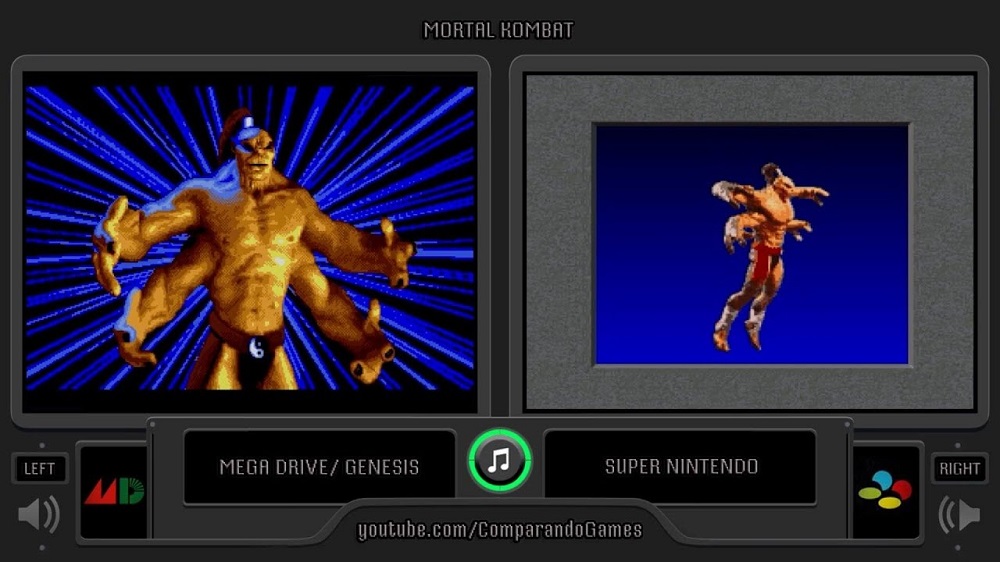
Nintendo’s family-friendly image came with strict censorship policies—blood was removed from Mortal Kombat, religious symbols were altered, and suggestive content was toned down.
Sega allowed more freedom, leading to:
- Mortal Kombat having blood via a secret code
- More mature themes in games like Shadowrun or Splatterhouse
This difference gave Sega the edge among teen audiences, while parents felt safer choosing Nintendo.
Sales Numbers and Market Share
- By 1994, Sega had briefly captured over 50% of the U.S. market.
- Globally, the SNES outsold Genesis: ~49 million units vs ~35 million units
- In Japan, SNES dominated. In the U.S., it was a fierce race.
Sega’s early lead was impressive, but Nintendo’s late-game releases (e.g., Donkey Kong Country) and stronger international presence helped it overtake.
The Legacy of the 16-Bit War
This era left a massive impact:
- Elevated marketing to a central force in gaming
- Defined the tone and pacing of 90s video games
- Cemented Sonic and Mario as cultural icons
- Led to ESRB formation after congressional hearings over violent content
- Introduced deep loyalty that persists in fandoms today
Without this rivalry, we wouldn’t have the level of polish, innovation, and passion we expect from games now.
You can even trace roots of the handheld battle in this rivalry—Game Boy dominated portable gaming just as SNES and Genesis competed in living rooms.
The Genesis vs. SNES war wasn’t just about games—it was about style, identity, and legacy. Sega’s aggressive approach brought energy and urgency to gaming, while Nintendo’s polish and consistency provided timeless classics.
Today, both consoles are remembered fondly—not just for the games, but for the era they helped define. Whether you shouted “Sega!” or stomped Goombas, the 16-bit war gave us a golden age of gaming.
